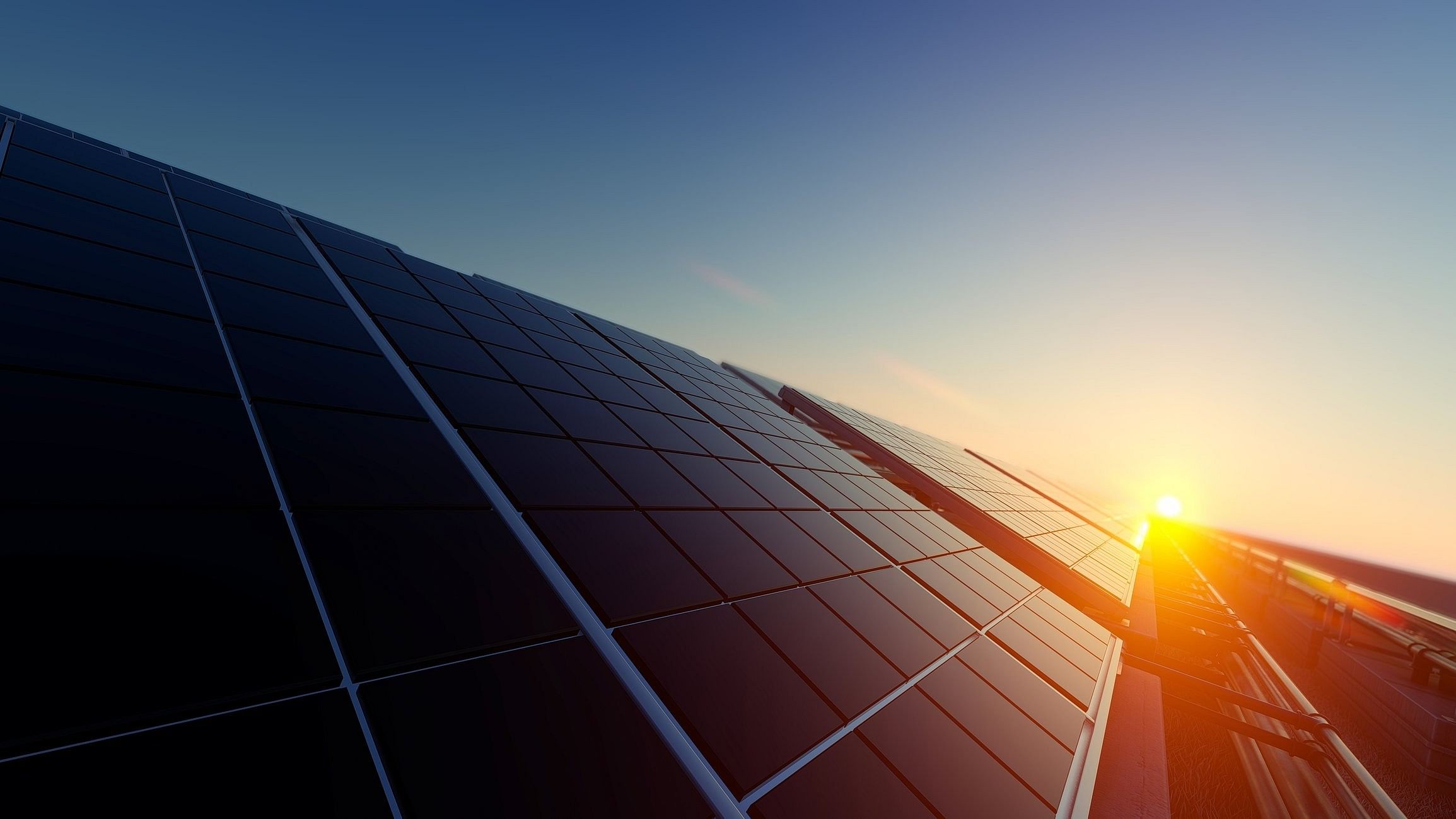
Beijing should introduce bidding rules to prevent low-quality, below-cost products being put onto the market, Zhong Baoshen, chairman of the biggest panel maker, Longi Green Energy Technology Co., said last week.
Credit: iStock Photo
By David Fickling and Tim Culpan
Ever since photovoltaic cells started popping up on pocket calculators and building roofs a few decades ago, solar power has faced a key drawback: It’s a nice technology, but there’s simply not enough of it to make a difference. Right now, it’s facing the opposite difficulty.
The tidal wave of investment panels has swelled to the point that it is threatening to overwhelm the global industry. Amid the onslaught of cheap Chinese-made modules, overseas manufacturers have either walled themselves off behind tariff barriers (as in India and the US) or resigned themselves to extinction, as in Europe. Now, even the Chinese companies blamed for the current glut are panicking.
Beijing should introduce bidding rules to prevent low-quality, below-cost products being put onto the market, Zhong Baoshen, chairman of the biggest panel maker, Longi Green Energy Technology Co., said last week. The slump in prices is so drastic that there is now “no profit across the entire supply chain,” Gao Jifan, Zhong’s counterpart at third-placed Trina Solar Co., told a summit last November.
Credit: Bloomberg
On the face of it, this sounds like a great problem to have. From the perspective of manufacturing, the solar bit of the path to net zero is already pretty much solved. The world will need to be installing about 650 gigawatts of solar a year in 2030 to avoid catastrophic climate change, according to the International Energy Agency. But major manufacturers have already built about 783GW of annual production capacity and we might hit the IEA’s 2030 installation target this year, according to BloombergNEF.
The hitch in all this is that it’s a lot harder to connect a solar panel than it is to make one. Utilities and even households face regulatory, political and logistical roadblocks joining the grid. As a result, BloombergNEF expects more than half of manufacturing capacity to go unused this year and next. Module costs have already fallen by more than half over the past two years. The current excess suggests further price declines are to come, which is great news for consumers, but terrible for manufacturers.
You might think that’s a sign that the entire industry is headed for a crash, but previous high-tech revolutions offer reasons for optimism. Solar panels are ultimately semiconductors, and they share a lot of similarities with the mainstream chip industry. Capital spending is colossal, and rapidly becomes obsolete as the state of the art moves on. The product is highly commoditized, leaving few opportunities for differentiation. Demand growth is exponential, tempting manufacturers to stake out territory with little regard for profit. Without action, competition becomes so fierce that value ends up getting destroyed.
Credit: Bloomberg
One way out of this is price fixing. That happened with DRAM, a type of high-speed computer memory chip, during the 2000s. The result was a slew of lawsuits and a market that’s now become an oligopoly ruled by Samsung Electronics Co., SK Hynix Inc. and Micron Technology Inc. Samsung, LG Display Co., and a group of Taiwanese companies were fined €648 million ($859 million) by the European Union in 2010 for operating a price cartel in LCD television and monitor screens.
On the face of it, government-mandated price controls were the perfect way out of this dilemma. The onslaught of Chinese-made clean technology — from solar panels to electric vehicles to lithium-ion batteries and even wind turbine components — has been raising hackles among the country’s trade partners, who fear a green supply chain dominated by a geopolitical rival. If Beijing was to step in, that might help Chinese manufacturers restore profitability while easing the headlong deflation that’s provoking such fear and loathing in Brussels, Washington and New Delhi.
Credit: Bloomberg
That’s the wrong approach, however. For all that trading partners like to howl about subsidies, China’s white-knuckle solar industry doesn’t look like the product of a state-directed industrial policy, but of a (terrifyingly) free market in the grip of a gold rush.Manufacturers have proved nimble, too: When the US passed a law in 2021 prohibiting the sale of products made by Uyghur forced labor, businesses were quick to set up a separate Xinjiang-free supply chain, though some tainted goods may still be getting through.
Other capital-intensive, commodified industries like computer chips, mining, petroleum and aviation periodically go through the same sorts of cycles. The outcome of all that competitive bloodletting is typically a more concentrated market where smaller players go out of business, while the most efficient manufacturers take market share until the next disruptive innovation comes along.
That’s reason for Beijing to spurn industry calls for it to fix the current crisis. What China’s solar sector — and a world badly in need of abundant, cheap renewable power — needs right now is not state intervention to support panel prices, but a free hand to let them fall further, and further.